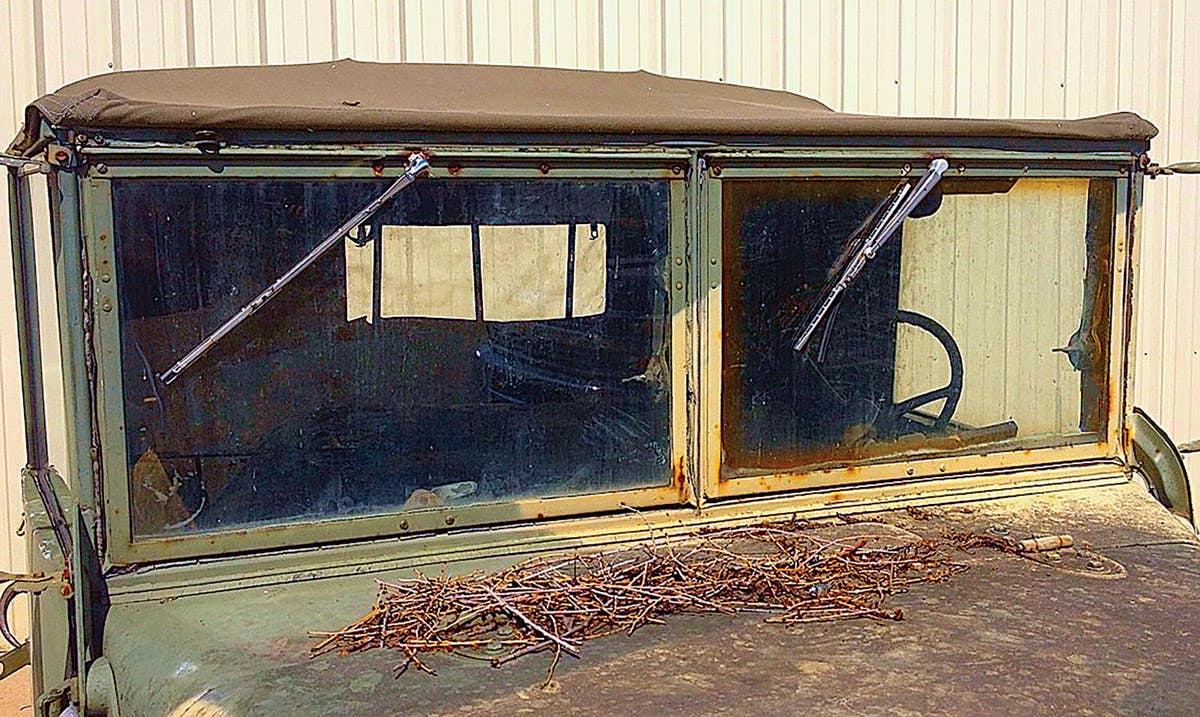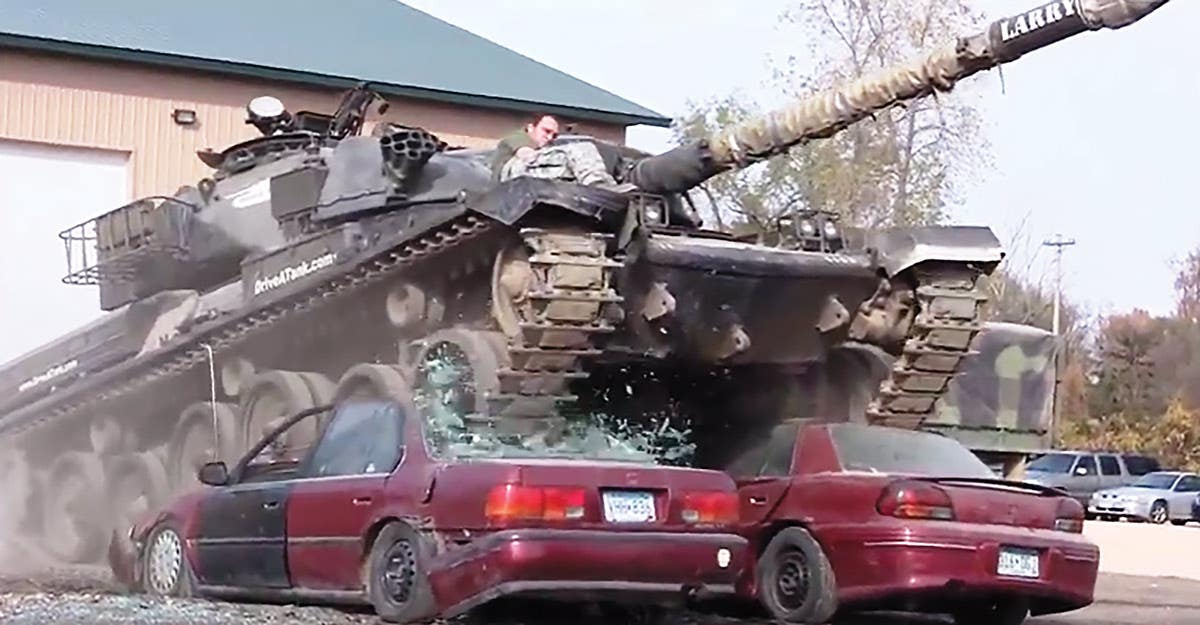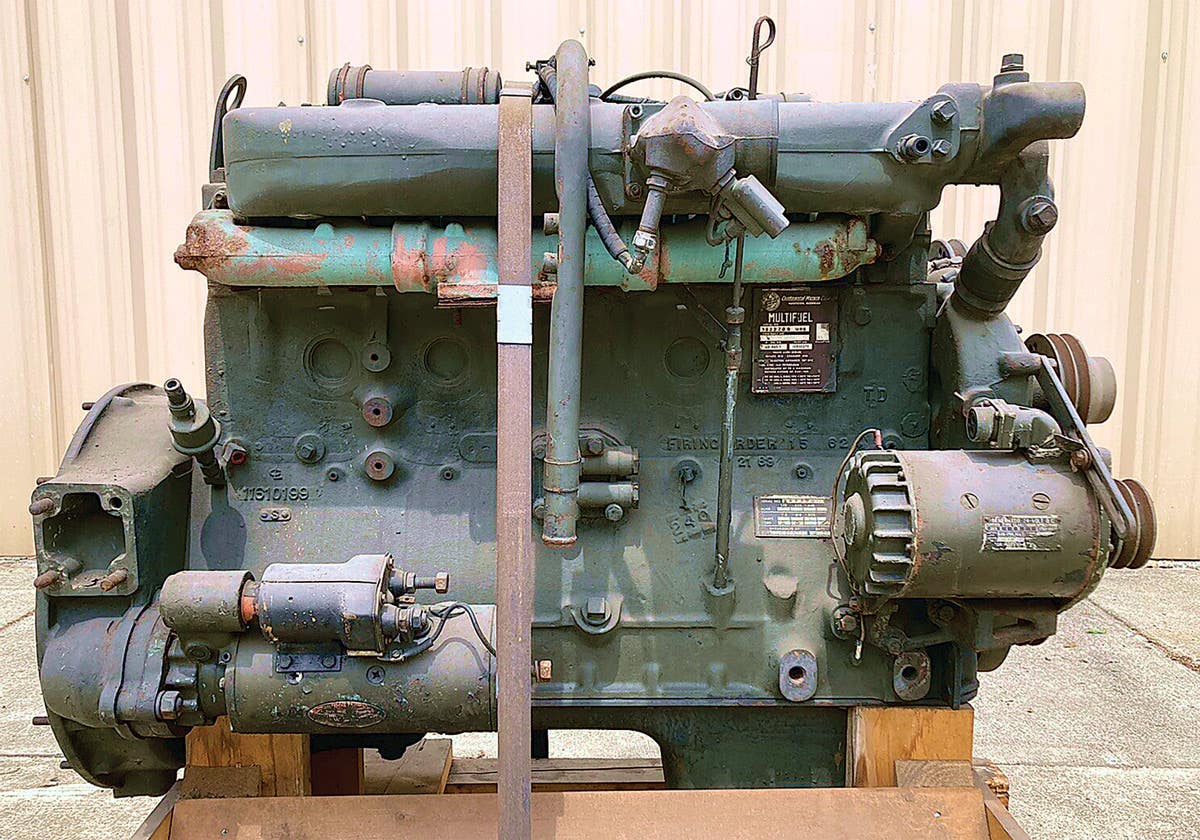The A-B-C’s of Collecting Military Books
Most collectors like to read, and most interests require research. It only makes sense that books would be a natural source for collecting.
Although our collecting interests land in many areas — from knives, to vehicles, to patches, to things that go bang — in the end, most collectors also enjoy books. If, like me, you own a WWII Jeep, you almost certainly own several books in the All American Wonder series, as well as The Complete WW2 Military Jeep Manual. You may also have issues of Army Motors, or technical manuals like The Motor Vehicle TM10-510 and Motor Transport Inspections TM10-545. A jeep owner could easily fill three feet of bookshelf with books related to jeeps.
If you collect WWII German documents, you probably have copies of Forman’s Guide to Third Reich German Documents… and Their Values (in several volumes), as well as Paper’s Please, by Ray & Josephine Cowdery, and several other books.
Home front collectors have dozens of books to support their hobby, such as Hawaii Goes to War by Brown, V is for Victory by Cohen, and Warman’s World War II Collectibles by Adams-Graf.
Whatever you collect, be it occupation currencies, collar brass, or bayonets and knives, you have almost certainly collected a number — or even dozens — of books to support your interests.
But what about collecting books not for reference, but as a separate collecting niche? I love books and ephemera, and you can almost certainly find a book niche that is interesting to you.
Here are some possible book collecting niches that you might consider:
— Do you love the Civil War? You might consider collecting Civil War biographies and autobiographies by or about Civil War generals or by other senior officers. A nice 1864 biography of General George McClellan recently sold on eBay for less than $85. Unlike books on the best-seller lists, which will be worth a few dollars next year, books like this are likely to increase in value.
— Perhaps you are interested in WWII German badges, but you find it difficult to collect because there are too many fakes. Knowledgeable collectors will be quick to tell you that the best way to buy authentic uniforms is to buy good reference books. Many handsome books document every variation of every badge. I met a student of WWII who had collected more than half a dozen WWII era manufacturers’ catalogs of badges in German. He was a fountain of information.
— Are your walls are covered with pictures of F4U Corsairs, P-38 Lightnings, and P-51 Mustangs? Your goal might be to collect books written by WWII aces. Copies signed by veterans, such as the crew of the Enola Gay, or by Chuck Yeager, are readily available.
— Do you love D-Day, the Battle of the Bulge, or the Little Big Horn? Many fine books have been written about individual battles. Your Battle of the Bulge collection might include Eisenhower’s Crusade in Europe, which provides a fine accounting of the war in Europe told from the very top. Copies of Band of Brothers, signed by Stephen Ambrose, Dick Winters, or Bill Guarnere can be found from time to time. Hitler’s Final Push, by Parker, would add a German perspective.
Your budget for books can be as big or small as you like. If you focus on used paperbacks, you could build a collection of 50 books for less than $200, although you won’t be building a collection that will go up in value. If your pockets are deeper, and you are collecting signed first editions signed by well-known historical personalities, you may invest many thousands of dollars and build a collection that will steadily increase in value.
It’s possible to accumulate an interesting collection of books without leaving your house. This is particularly helpful as we get older and when gas prices are high. Books can be found and purchased from your home through Amazon, eBay, and other online sites. Books can be mailed as USPS media mail very reasonably. Alibris.com is a site that focuses on collectible books.
Condition is important in most collectibles, and even more so with books. Books that are tattered, torn, moldy, stained, or have extensive writing in them will be worth a fraction of books without these flaws. If the book was issued with dust jacket (dj), the dj is very important. A first edition without a dj is frequently worth half or less of the value of a good copy with a dj.
Unless you are famous, resist the urge to personalize your books. Don’t add your own bookplate or sign the inside of your book. This will decrease the value of your collection.
The grading of books is important, and this is sometimes abused by sellers.
— AS NEW means the same immaculate condition as when the book was first published. It should look almost as if it’s never been opened. If you have a collectible book like this, it shouldn’t be used as a reference book. Buy a second copy for that purpose.
— FINE is almost as good as as new, but the book may have been read. The book should have no defects of any kind.
— VERY GOOD books may show some signs of wear, but should show no tears, stains, or fading.
— GOOD is what most average used books would be rated. All pages should be present. The binding should be firmly attached. If the book was sold with a dust jacket, it should be present.
— A book graded FAIR may be worn, but with complete text pages (including those with maps or plates), but may lack endpapers, half-title, etc. Binding, jacket (if any), etc., may also be worn. All defects should be noted.
— A book described as POOR is usually well worn. Any missing maps or plates should be noted. This copy may be soiled, scuffed, stained or spotted and may have loose joints, hinges, pages, etc.
— A READING COPY of a book is usually in poor to fair condition, but includes all text presented in a legible fashion. The copy is fine to read but nothing more.
If you are buying to build a collection that will increase in value, buy the best books you can find, but don’t be afraid to buy a book with some issues. Sometimes that’s all that is available. You can always upgrade later.
Edition is important. In general, first editions are the most collectible. There is generally little difference in value between the 3rd, 5th, and 20th editions of a book.
Here are more important terms related to book collecting:
“First Edition” means the first ever printing of a book, anywhere. Most of the time this will be a hardback book.
“First Edition Thus” is a book that has not appeared before in that format. There could be a “thus” edition in hardback, paperback, a UK edition, a French language edition, and other variations.
A book signed by the author will cost substantially more. Use caution, many signatures are fake, are signed by a secretary, or signed by a signature machine. Only an expert can determine whether a signature is valid.
An association copy is a copy that was owned by someone with a connection to the author. For example, a copy of Churchill’s six-volume The Second World War carrying Dwight Eisenhower’s signature, bookplate, or stamp is an association copy, and is worth substantially more than one without such a link.
A book that is warmly inscribed has a message from the author of the book to someone else, and the owner’s signature. I have two books warmly inscribed to me by Gen. Robert L. Scott, the author of God is My Co-pilot. These books have a special place on my shelf.
Some books that are warmly inscribed are worth much more than a book that is just signed. Suppose you find a copy of Reminiscences by Douglas MacArthur with an inscription that reads “Glad you were with us, and best wishes to Jose Calugas,” followed by the autograph of Douglas MacArthur. Since Jose Calugas was a Philippine Scout of the U.S. Army, and was awarded the Medal of Honor for his actions during the Battle of Bataan, this book would be worth significantly more than a book that just has MacArthur’s autograph.
You may already have many military books. Give some thought to expanding your collection, perhaps in a new direction. You will appreciate the other items in your collection more, buy more wisely, and you will become a resource to other military collectors.







